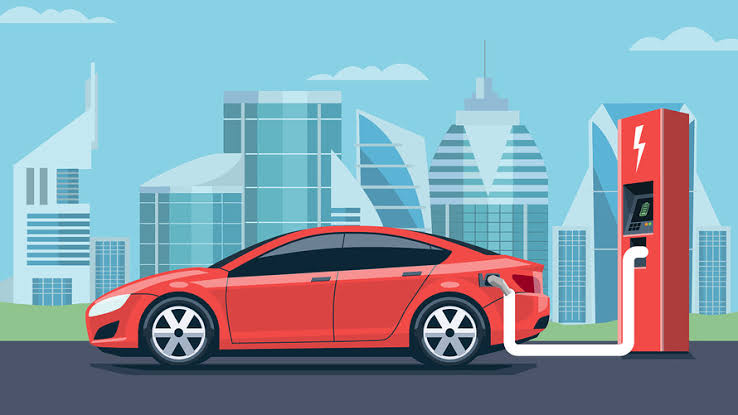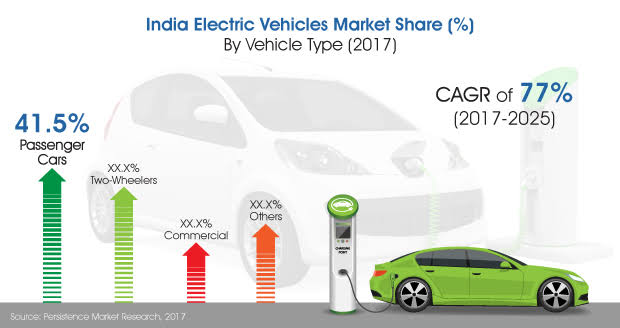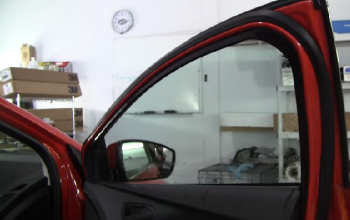India and The Dream Of Reducing Carbon Footprint
What Goes Into The Making Of Electric Vehicles
Electric Vehicles are proposed to be the future transportation mode. It is a robust technology that is hailed to reduce carbon emission. An electric vehicle is a zero-emission vehicle that provides an efficient way by which hydrocarbon emissions can be controlled. Electric vehicles include vehicles that operate on batteries, hydrogen fuel cells, and hybrid-electric cells. This technology is in the infancy stage, and very few countries have opted for ZEV standards for their motor vehicle act. California, China, and Japan are a few places that have fully implemented zero-emission vehicle standards, and other regions are joining this initiative.
When you look into the making of an electric vehicle, the fact that it runs on electric-powered batteries is what makes it a zero-emission engine. The batteries need to be charged either from a wall socket or a charging unit to power the vehicle. The battery is the most critical part of an electric vehicle. It is a lithium ion-based battery that is used to power mobile phones and laptops.
A vehicle requires a huge 500 kg battery packed with metals like lithium, cobalt, nickel, and manganese to power the vehicle. Lithium charges the battery by generating a flow of electrons while cobalt keeps the battery cool. Compared to fossil-fuel vehicles, electric vehicles require fewer components to build the core engine.

Boon Or A Bane, A Close Look
While the debate on whether electric vehicles are a boon or bane has been doing the rounds, let us focus on how robust is the technology and infrastructure in place to adopt EVs. As discussed, we know that battery is the most critical component in an electric vehicle. The first and foremost issue is the raw materials used to manufacture the lithium-ion battery. Lithium and cobalt reserves are depleting, and the world does not have enough reserves to meet the demand. The lithium reserves are available only in a few countries like Bolivia and Chile, with 65% reserves present in these countries. Almost 60% of the cobalt reserve is in Congo.
The supply is short, but the demand is more, and this makes the battery the most expensive component in a vehicle. Dreams of transforming the current vehicles into electric, completely depend on the availability of the raw materials. India should first plan and research on the raw materials, its availability and cheaper, quality replacement for cobalt and lithium. This takes time and the involvement of the government, automobile industry, and scientist.
A China model can be implemented rather than importing batteries from China, which can push the costs of the EVs. China is the global battery and electric vehicle hub. They have the raw materials in place as they own a few mines in Congo, Chile, Bolivia, and Australia. Research for next-gen batteries is underway in China, Japan, and major players like Tesla and Toyota. Research mainly focuses on the replacement of lithium and cobalt with Sulphur, sodium, and magnesium.

Hindsight Of Electric Vehicle Business
Electric vehicles are twice as expensive when compared to fuel vehicles. A quick and long scale adoption of EVs in India could lead to significant loss for the automobile industry, which is currently reeling under massive financial crisis. India has two choices, either buy lithium and cobalt and locally manufacture the batteries to reduce cost or import batteries from china. Locally produced cells should surpass the cheaper imported batteries. Importing is the more comfortable option, and India is already importing electric scooter and fuel car components. If import is way out, India will have to import 70% of the electric vehicle component.
The dream of electric vehicles in India has to be postponed to at least ten years until inexpensive next-gen batteries are in place. EV market was in place ten years back in Japan, but they are yet to break even. Another challenge is the component manufacturing. An electric vehicle requires just twenty spare parts while a fuel vehicle uses more than 2000 soared parts. What will happen to the small and medium scale spare part manufacturers when we ultimately adopt electric vehicles? Reskilling motor mechanics is required, as EVs have electronic components. India should invest time, research, and fund to devise a next-gen battery and become a world leader in electric vehicles. Check Out This – https://www.brecorder.com/2020/01/03/558548/automobiles-hindsight-is-2020/.




